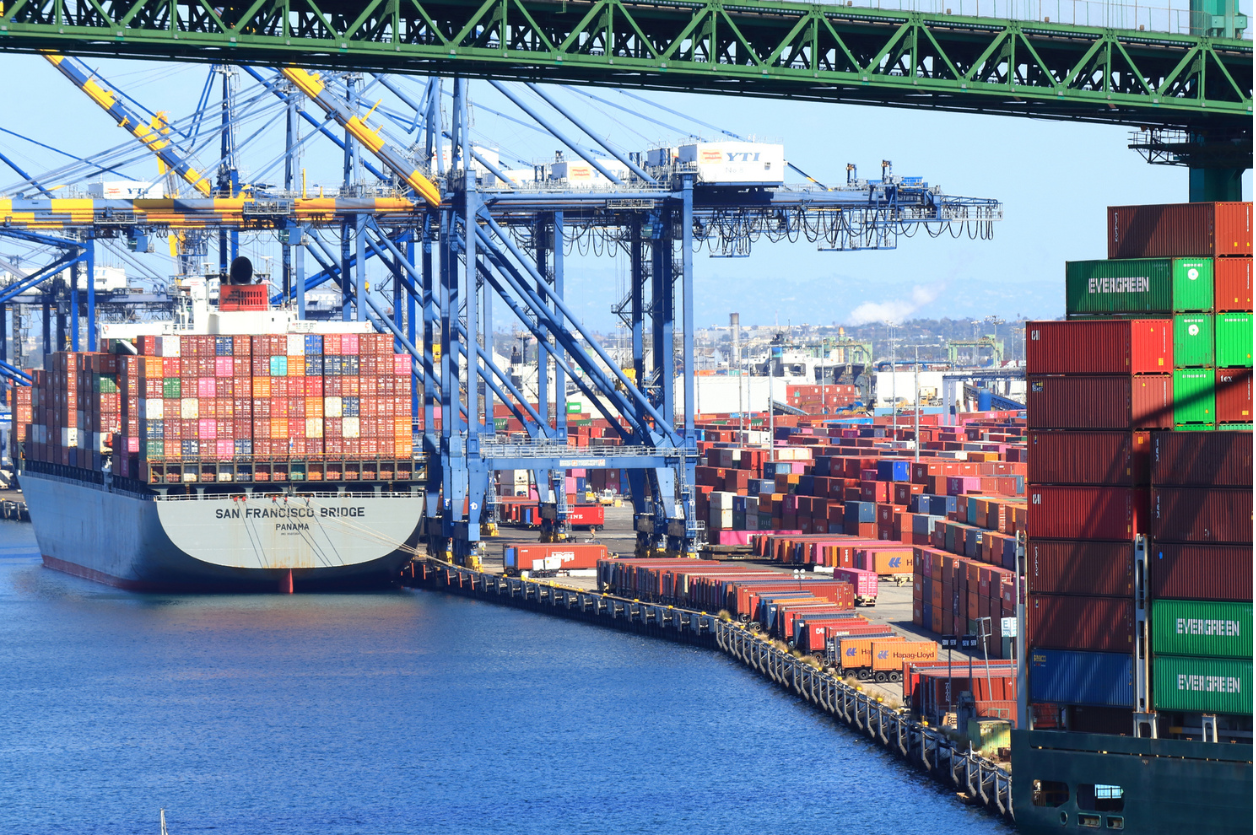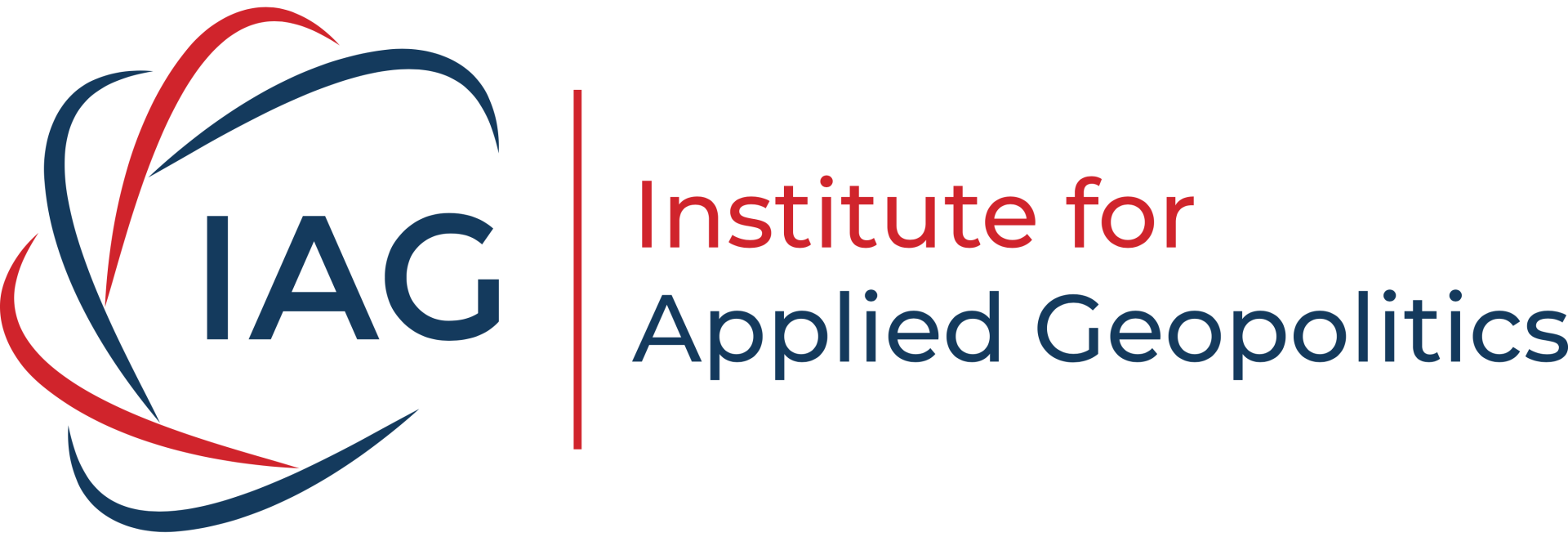Global Trade and Energy Tensions Escalate Amid Expanding Sanctions

Photo credit: iStock.com/viavado
Intelligence Summary
In early October 2025, a series of interlinked trade and energy developments highlighted the intensifying use of economic instruments as tools of geopolitical competition. The United States, under President Donald Trump, expanded its tariff regime across multiple sectors and regions, while other major economies adjusted their strategies to mitigate exposure and secure critical resources.
In the agricultural sector, China halted purchases of U.S. soybeans from the 2025 harvest, redirecting to Brazil and Argentina for its imports. U.S. Treasury Secretary Scott Bessent characterized Beijing’s move as a deliberate negotiating tactic ahead of the late-October Asia-Pacific Economic Cooperation summit, where Trump and Chinese President Xi Jinping are scheduled to meet. The U.S. Department of Agriculture estimated that China imported over $12 billion of soybeans in 2024, this accounted for more than half of the value of all U.S. soybean exports. The loss of the Chinese market has left Midwest farmers with unsold surpluses and falling prices. Agriculture Secretary Brooke Rollins announced a new aid package to offset losses with an expected value between $10 billion and $14 billion. However, the ongoing federal shutdown has delayed implementation. Beijing’s decision is supported by large domestic reserves and expanded imports from South America, giving it flexibility until early 2026 before pressure for dependence on U.S. supplies is felt.
Simultaneously, the U.S. administration imposed steep tariffs on pharmaceuticals, prompting a major shift in global corporate strategy. On September 25, Trump announced a 100 percent levy on imported branded and patented medicines effective October 1 unless manufacturers relocate production to the United States. In response, European pharmaceutical firms accelerated U.S. investments. AstraZeneca pledged $50 billion in U.S. projects by 2030 and listed directly on the New York Stock Exchange on September 29. Roche and Novartis announced expansions worth $23 billion and $50 billion respectively, while Sanofi committed at least $20 billion through 2030. The European Federation of Pharmaceutical Industries and Associations reported that North America accounted for 54.8 percent of global prescription sales in 2024, compared with 22.7 percent for Europe. The European Union exported $127 billion in medicines to the U.S. in 2024, making America its largest pharmaceutical trading partner. Under a July 2025 trade deal, tariffs on EU pharmaceuticals were capped at 15 percent, Irish Foreign Minister Simon Harris confirmed that Dublin would review the broader impact of U.S. tariff policy.
In Latin America, Brazilian President Luiz Inácio Lula da Silva requested that Trump lift a 40 percent tariff on Brazilian imports during a recent 30-minute phone call. The tariff, imposed in July on top of an earlier 10 percent levy, was justified by Washington as a response to Brazil’s prosecution of former President Jair Bolsonaro, which Trump described as an economic emergency. Lula emphasized that Brazil is one of three G20 countries with which the U.S. maintains a trade surplus and invited him to attend the upcoming climate summit in Belém. Trump appointed Secretary of State Marco Rubio to oversee follow-up negotiations, and both leaders agreed to meet in person later in October during the ASEAN summit in Malaysia.
In South Asia, Indian Foreign Minister Subrahmanyam Jaishankar criticized Washington’s imposition of a 25 percent tariff on Indian imports of Russian oil. The tariff, introduced in August, came in addition to an earlier 25 percent levy after trade talks failed. Despite pressure from the U.S. and EU to reduce Russian crude purchases, India continued to import about 1.6 million barrels per day in September, representing 34 percent of its total oil supply. Jaishankar emphasized that India would prioritize free trade agreements with stable partners and pursue an understanding with the U.S. while maintaining energy security.
Energy security tensions also surfaced in the Balkans. Serbian President Aleksandar Vučić announced on October 5 that the U.S. was unlikely to renew its sanctions waiver for the NIS oil company, due to its partial Russian ownership. The waiver, valid for one week from October 1, was the latest in a series of temporary exemptions since January. Vučić warned that the loss of the waiver could trigger a domestic fuel shortage and price increases, unless he nationalizes NIS, which he does not wish to do. Serbia’s partial alignment with EU sanctions policy and its continued energy ties with Moscow have drawn criticism from Brussels and Washington.
Meanwhile, India prepared to expand its defense cooperation with Russia. A local report indicated that New Delhi plans to purchase five additional S-400 air defense systems, likely during President Vladimir Putin’s December visit. India has already received three of the five systems ordered in 2018 for $5.43 billion, with the remaining two due in 2026. The S-400s were credited with defending Indian air bases during a four-day confrontation with Pakistan in May, and Prime Minister Narendra Modi praised their performance.
Finally, the International Energy Agency (IEA) decreased its global renewable energy forecast, citing weaker policy support in the U.S. and China. The agency now projects 4,600 gigawatts of renewable capacity by 2030, a decrease from 5,500 GW in last year’s forecast. The U.S. reduction stems from the early phase-out of federal tax incentives under Trump’s “One Big Beautiful Bill,” while China’s shift to competitive auctions for renewable energy projects has restricted profits. Despite this, India is on track to meet its 2030 renewable target, and the Middle East, North Africa, and parts of Europe are expected to see stronger growth. Complementary data from Ember, a global energy think tank, confirmed that renewables overtook coal as the world’s largest source of electricity in the first half of 2025, though the U.S. and EU increased fossil fuel use due to policy and weather factors.
Why it Matters
The developments collectively paint the picture that trade, energy, and sanctions have become central to strategic competition among major powers. The U.S. use of tariffs against China, Brazil, and India demonstrates a shift toward coercive economic policies designed to secure domestic industrial advantage and punish political adversaries. The soybean boycott showcases Beijing’s capacity to weaponize commodity imports in an effort to influence U.S. domestic constituencies, particularly in agricultural areas, where the current administration is typically favored. By leveraging its purchasing power, China can impose economic costs on U.S. farmers while maintaining strategic flexibility through diversified supply chains in South America.
The pharmaceutical realignment reveals how tariff policy can reshape global industries. The relocation of European drug manufacturing and stock listings to the U.S. reinforces American dominance in high-value sectors and simultaneously weakens Europe’s industrial base. This shift also reflects the growing perception among multinational corporations that U.S. policy volatility is outweighed by market size and financial depth. The European Union’s limited ability to counter these moves highlights its vulnerability to U.S. economic pressure, even as it seeks to maintain regulatory autonomy.
In Latin America, the U.S.-Brazil tariff dispute exposes the intersection of trade policy and ideological alignment. Washington’s justification of tariffs as a response to Bolsonaro’s prosecution blurs the line between economic and political sanctions, signaling that domestic judicial actions in allied states can trigger punitive trade measures. Lula’s conversation with Trump suggests that Brazil is seeking pragmatic engagement to protect its export sectors while maintaining its leadership role within BRICS.
India’s confrontation with U.S. energy tariffs underscores the limits of Western influence over the Global South’s energy choices. Despite Western pressure, New Delhi continues to prioritize affordable Russian crude to sustain economic growth and strategic autonomy. The decision to expand S-400 procurement from Russia further demonstrates India’s commitment to a diversified defense portfolio, balancing U.S. and Russian partnerships. This dual-track approach enhances India’s deterrence posture and complicates U.S. efforts to isolate Moscow economically.
In Europe, Serbia’s potential loss of a U.S. sanctions waiver for its Russian-linked oil company highlights the collateral impact of secondary sanctions on smaller states. Belgrade’s balancing act between EU accession goals and energy dependence on Russia exemplifies the broader challenge nonaligned countries face when caught between competing sanction regimes.
The IEA’s downward revision of renewable energy forecasts reveals the unintended consequences of U.S. and Chinese policy shifts on global energy transition goals. The rollback of U.S. incentives and China’s market reforms have undermined the 2030 global target to triple renewable capacity. It is important to recognize that domestic political priorities in major economies have the ability to derail collective climate objectives.This slowdown reinforces fossil fuel dependence in advanced economies, even as developing nations like India and regions such as the Middle East accelerate renewable adoption.
The convergence of trade disputes, energy security concerns, and sanctions enforcement point to a future in which economic policy functions as a primary domain of geopolitical competition. For intelligence analysts, the pattern suggests a transition from globalization to managed interdependence, where access to markets, technology, and energy is conditioned by political alignment.
Key Actors
- United States
- China
- Brazil
- India
- Russia
- European Union
- Serbia

